Metal roof and wall panels often feature long-lasting and durable finishes available in many colors. These finishes protect the panels and enable them to hold up and look great for decades. However, to maintain their durability and protective properties, cleaning metal panels should be done regularly throughout their service life.
THE IMPORTANCE OF REGULARLY CLEANING METAL PANELS:
Ensure Panel Longevity:
Dirt and residue left on metal panels can damage their protective coating and decrease the longevity of roof and/or wall systems. Likewise, bacteria and mold and mildew build-up can accelerate corrosion to the point where the structural integrity of the panels is compromised.
Protect Panel Appearance:
Stains and algae/lime deposits left on panels for long periods of time can degrade the roof finish to the point where it must be re-coated. Note: re-coating should only be considered if the panels are still structurally sound and doing so wouldn’t void the manufacturer warranty.
Control Energy Costs:
Dirty roof panels can inhibit a roof’s ability to expel heat from a building. If the heat isn’t able to escape through the roof, it can require increases in energy costs to keep the building cool.
HOW OFTEN DO METAL PANELS NEED CLEANING?
An annual cleaning helps keep your metal panels free of tree and animal debris, moss, fungus and other finish-jeopardizing elements. Deep cleaning metal panels only typically needs to be done every 3-5 years, depending on the building conditions and location. This type of cleaning uses stronger detergents that cut through some of the toughest dirt and grime that annual cleans can miss. This includes substances such as tree sap, oxidation and other hard-to-remove substances that often collect on panel surfaces. You may also consider moderate cleaning following weather events and seasonal allergen build-up.
WHO SHOULD CLEAN METAL PANELS?
Above all, follow the panel manufacturer’s recommendations when it comes to selecting who will perform panel cleaning on your building. Before you attempt to clean your metal panels yourself, be sure the product manufacturer recommends it and doing so doesn’t void any warranties.
A professional building surface cleaning company can be helpful as working on top of buildings can pose real safety risks. Your metal panel manufacturer may be able to recommend cleaning professionals who are familiar with their products and warranty requirements, and are practiced in using the correct cleaning solutions and techniques necessary to preserve your metal panels.
THE IMPORTANCE OF FOLLOWING MANUFACTURER MAINTENANCE INSTRUCTIONS:
Metal panel manufacturers usually provide maintenance and cleaning instructions specific to their products, which should always be followed. Manufacturers know the composition of their products and, therefore, which chemical cleaning solutions and techniques are ideal and which will degrade the panels. Neglecting to clean them—or doing so improperly—can compromise the integrity of the finish. Not only can this threaten the visual appeal of the panels, it can also put you at risk of voiding the panel warranty.
To learn more about the importance of cleaning metal panels, contact your local ABC representative or check out our blog post on metal panel maintenance.

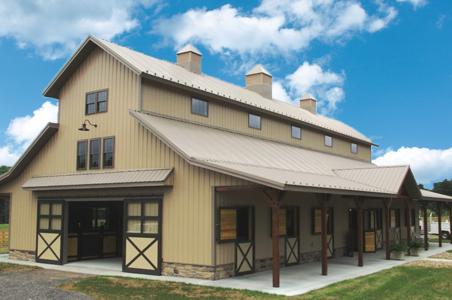


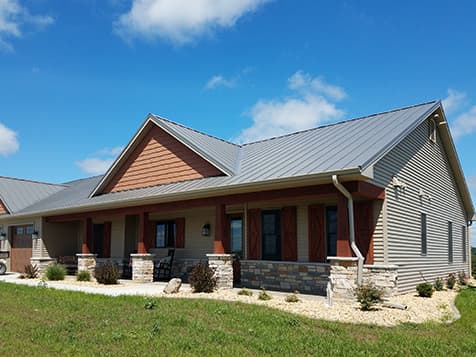


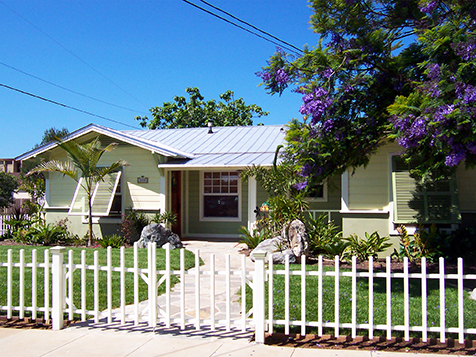


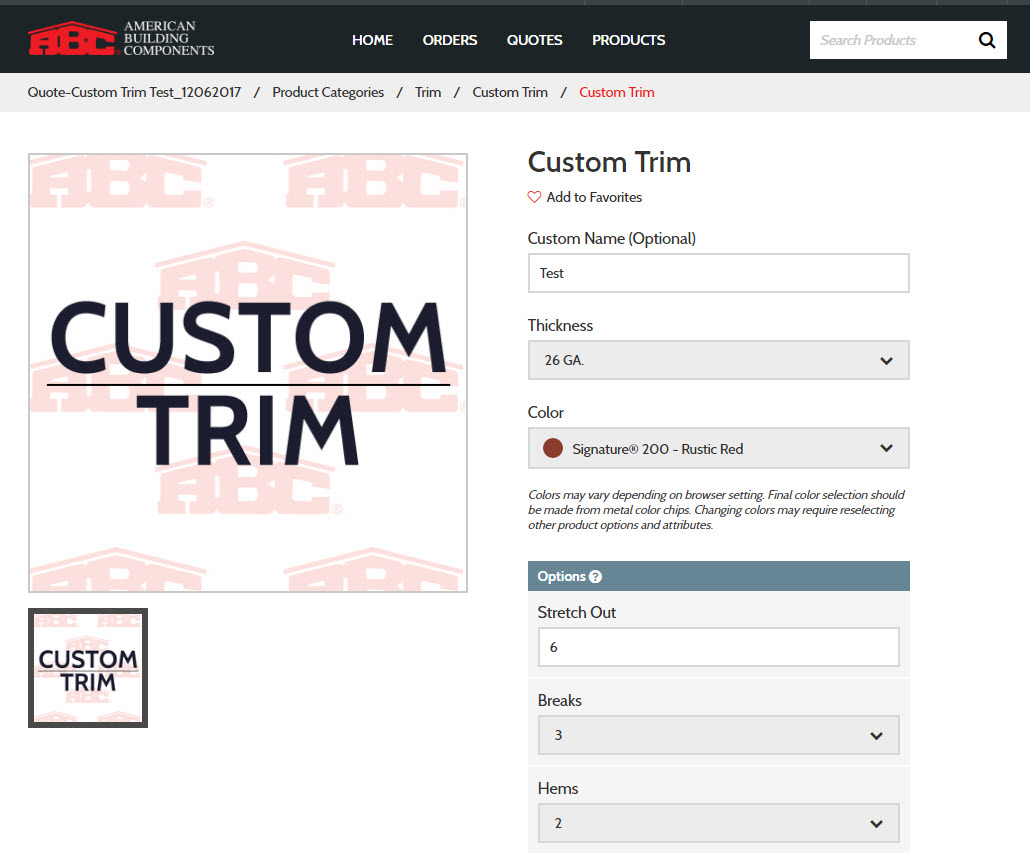

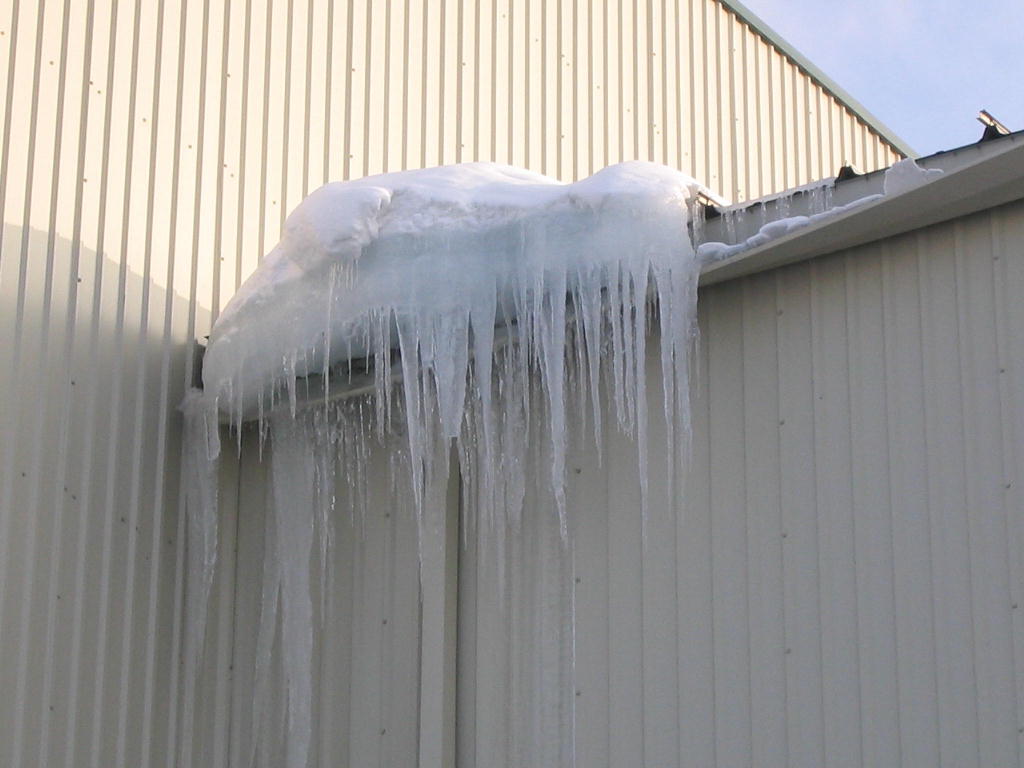







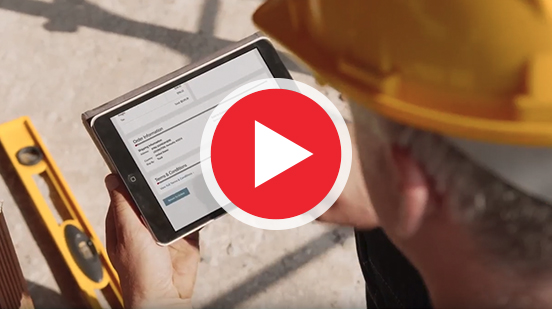
 A versatile and practical choice, IMPs are designed for many roof and vertical and horizontal wall applications—including ceiling panels and wall partitions for commercial, industrial and post-frame building types. IMPs are ideal for sustainability-minded designs, offering excellent R-values (indicating their insulating power) and improving energy efficiency. What’s more, they’re available in various colors, thicknesses, widths and finishes, providing many customization options to choose from.
A versatile and practical choice, IMPs are designed for many roof and vertical and horizontal wall applications—including ceiling panels and wall partitions for commercial, industrial and post-frame building types. IMPs are ideal for sustainability-minded designs, offering excellent R-values (indicating their insulating power) and improving energy efficiency. What’s more, they’re available in various colors, thicknesses, widths and finishes, providing many customization options to choose from.